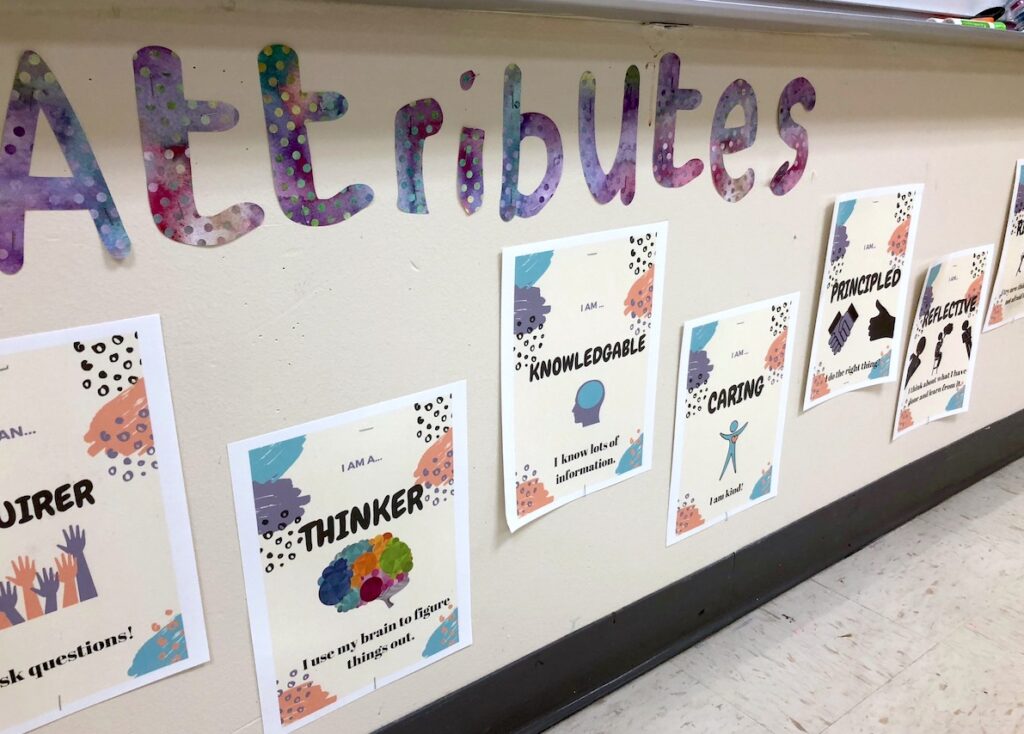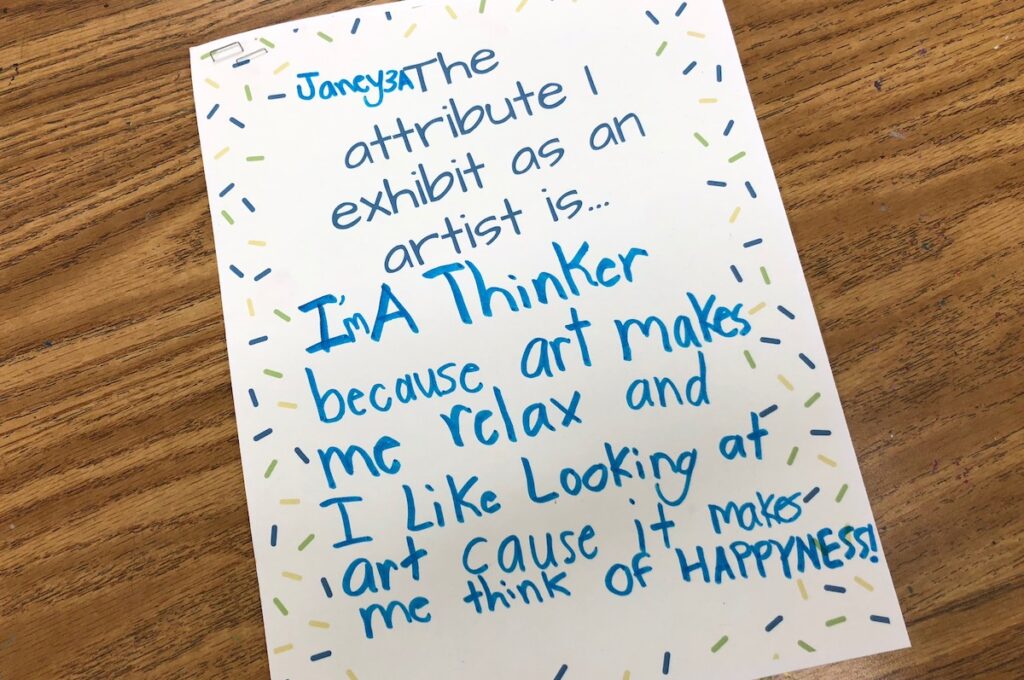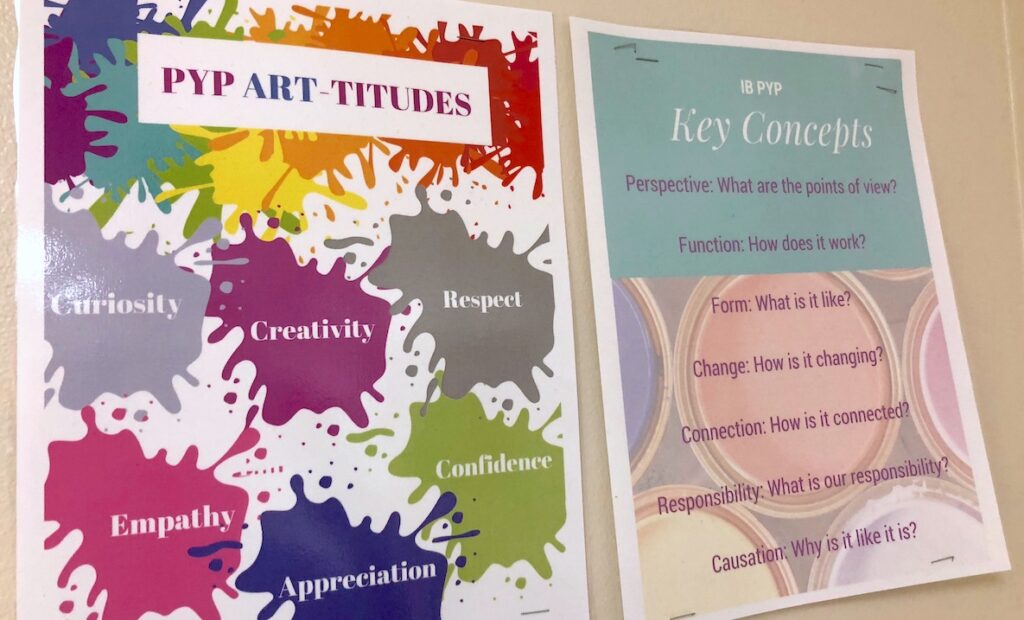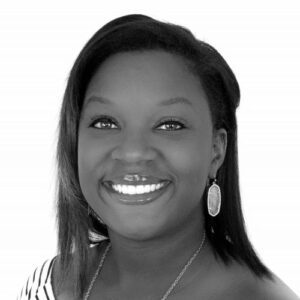There are a variety of programs in schools today designed to enhance the education of students and give schools a unique edge. One of those programs is The International Baccalaureate Primary Years Programme (IB PYP). My school is currently wrapping up our first candidacy year under this programme, and I think it’s amazing. My staff attended a variety of mandatory trainings to help us understand more about the programme. The programme has pushed my thinking and helped me grow as an educator.
The official International Baccalaureate website defines the curriculum in this way:
“Taught in over 109 countries around the world, the PYP curriculum framework is uniquely adaptable to state and national standards. Guided by six transdisciplinary themes of global significance, students deepen their learning by developing their conceptual understandings; strengthening their knowledge and skills across and beyond subject areas.”
In other words, the programme focuses not only on the academic growth of a child but also their personal growth. The IB PYP highly regards the arts and promotes creative thinking and innovation. The format of this programme helps students to become global thinkers and connect their learning to real-world experiences.
Here are 5 things you’ll need to know as an art teacher in the IB Primary Years Programme.
1. You’ll need to use transdisciplinary themes, central ideas, and lines of inquiry in your curriculum.
Although these words sound intimidating, chances are, you already use similar things in your classroom. Plus, each school has an IB coordinator who helps guide the school staff in curriculum development, so you will have some help! Let’s dig into each of these ideas a bit more.
Transdisciplinary Themes
Transdisciplinary themes are the foundation on which the curriculum is built. They are overarching ideas that run through everything.
The six transdisciplinary themes are:
- How We Organize Ourselves
- Where We Are in Place and Time
- How the World Works
- How We Express Ourselves
- Who We Are
- Sharing the Planet
As you can see, these themes are broad. They are great starting points for specific lessons. Each theme also includes a central idea and lines of inquiry to help you plan.
Central Ideas and Lines of Inquiry
Within each theme, there is a central idea. This idea is like the enduring understanding in a lesson. Then, there are lines of inquiry which support the central idea.
Here is an example from my classroom.
- Transdisciplinary Theme: How We Express Ourselves
- Central Idea: Artists are inspired by the world around them and their experiences.
- Lines of Inquiry: “Where artists get ideas” and “How artists express themselves”
You can see these three parts work together to get students to think about how artists are inspired and how inspiration leads to personal expression in their work.

2. You’ll need to share the learner profile attributes with your students.
The IB PYP also focuses on the personal growth of students. This is done by emphasizing the importance of the learner profile attributes.
The attributes are:
- Balanced
- Caring
- Principled
- Thinker
- Knowledgeable
- Risk-Taker
- Inquirer
- Reflective
- Communicator
- Open-Minded
These attributes are posted in every classroom and can also be found in the hallways on posters. They are often discussed in the classroom and throughout the school in common areas. So much emphasis is put on these attributes, our students use these words in their everyday vocabulary. As the art teacher, I talk about the learner profile and also have students reflect on the attributes.
One way my students reflect on the learner profile is by having conversations about which attributes they show as artists. Many times, they talk about being a risk-taker or being open-minded. We even talk about which attributes famous artists may have exhibited based on the artwork we are studying.

3. You’ll be expected to collaborate with grade level teachers to promote integration.
Transdisciplinary learning is a huge part of this programme. I like supporting the learning happening in my students’ other classrooms. My IB coordinator shared the importance of other teachers supporting the learning that happens in the art room, so it works both ways.
You can plan these collaborations throughout the year or use the time designated by the IB coordinator. There are often natural connections between your own curriculum and the grade level unit of inquiry.
For example, when classroom teachers were having students study how different inventions changed over time, I talked about how an artist’s style may change over time. The theme was “Where We Are in Place and Time.”
One of my favorite collaborations took place between the first-grade team, the music teacher, and me. We all met together to plan a collaborative project about sound. First, students made rain sticks in the art room. Then, they took their artwork to music, added beans, and learned about sound waves. Throughout the process, students were learning about the science of sound in their first-grade classrooms. The students gained so much knowledge and were excited to see how their work in art and music connected to what they were studying in their classroom.

4. You will need to add to or create your own IB planners.
An IB planner is a document to help you plan your units. Filling out planners is a requirement of the programme. As the art teacher, you can find ways to connect to the units in the grade level planners, create your own planners, or do a combination of both.
Filling out the planners can be time-consuming. They have many necessary sections. It is helpful to work on your planners during any curriculum time you are given.
For most of this year, I found ways to connect to the grade level planners. However, I just finished my own planner, and it feels like a great accoplishment. It connects well with choice-based art education and my standards which are both very important to me.
5. Staying flexible and having a growth mindset will be incredibly helpful.
As you can see, the IB PYP requires you to plan in a specific, rigorous way. It’s important to find the value in these requirements as you merge them with your art curriculum. As you collaborate with others and work on your planners, it is important to be flexible and open to new ideas and ways of doing things.
While all IB schools must follow the guidelines set by the IB programme, they can vary somewhat in how they implement the components of the programme. Your administrator and IB coordinator should be able to give you better insight into how your curriculum and the other curriculums in the school will merge.
Overall, the International Baccalaureate Primary Years Programme has been beneficial to the growth of my students. As time progresses, I am excited to see how my students evolve as learners and change agents in our community.
How do you incorporate the ideals of the IB Primary Years Programme with your art curriculum?
What is your favorite part of the IB Primary Years Programme?
Magazine articles and podcasts are opinions of professional education contributors and do not necessarily represent the position of the Art of Education University (AOEU) or its academic offerings. Contributors use terms in the way they are most often talked about in the scope of their educational experiences.





